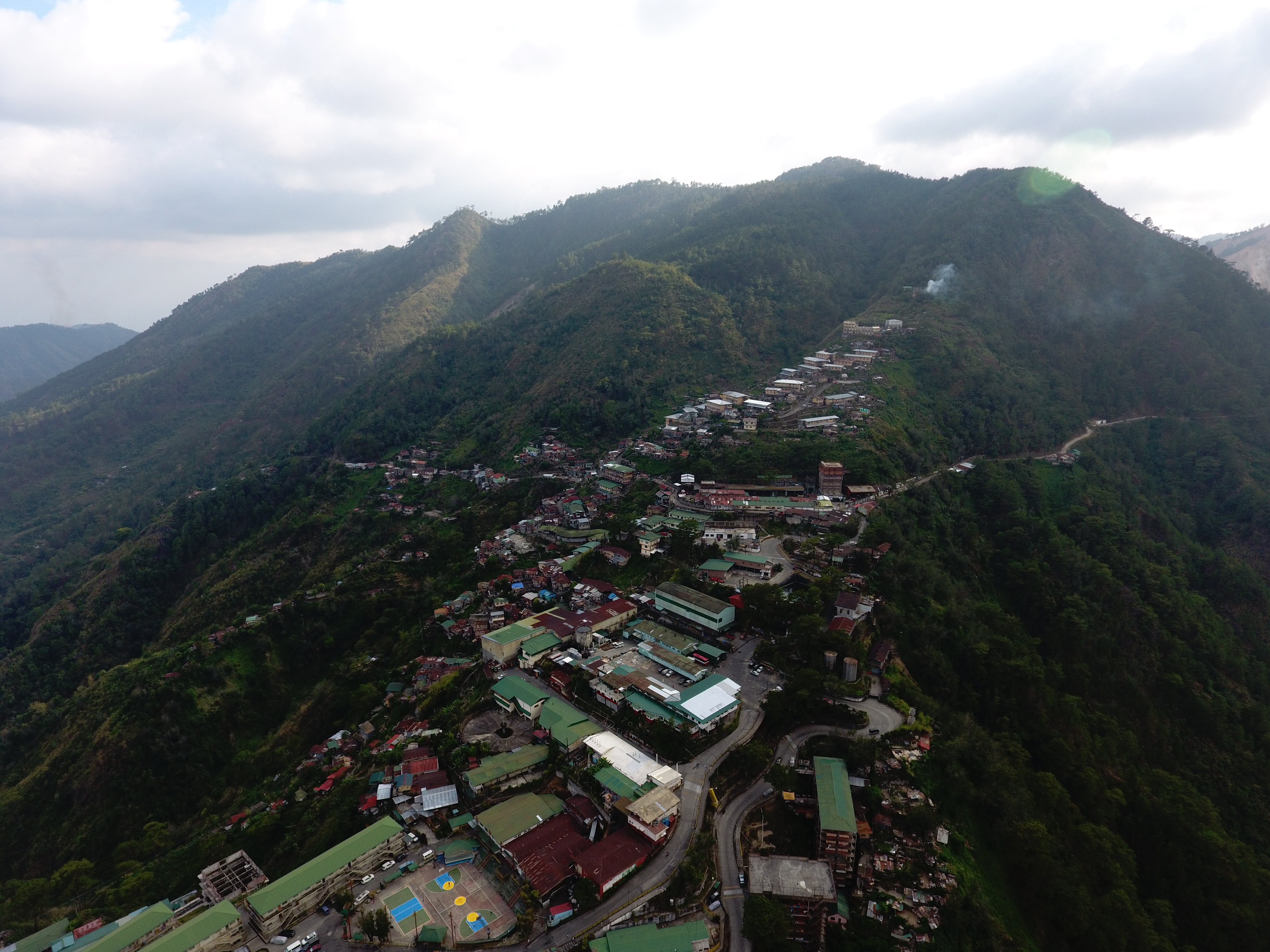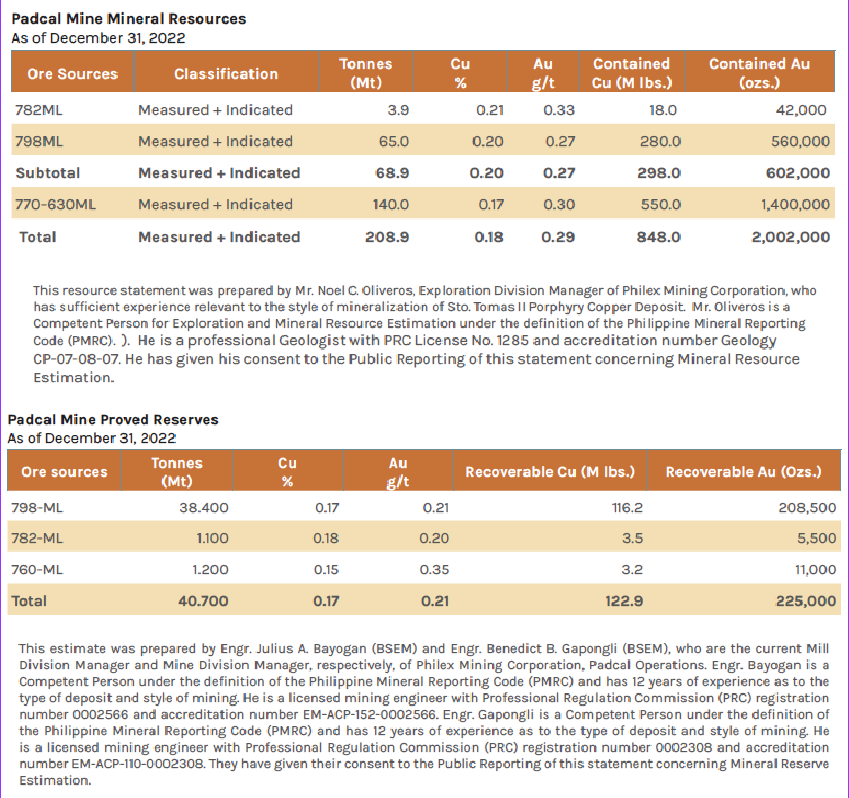

The Padcal Mine has been in operation since 1958 and is the first underground block cave operation in the Far East. Since the mine started commercial operations, it has been producing copper concentrates, with gold and silver as by-products.

Padcal Community
It is also home to almost 2,000 employees and 15,000 people in a community of diverse ethnic and cultural backgrounds, from within the host and nearby towns, who rely largely on the mining operations as the engine of socio-economic activities. Padcal also houses the Sto. Nino Hospital and Sto. Nino Chapel as well as private educational institutions Philex Mines Elementary School and St. Louis High School-Philex.
Employees and their dependents living within the mine camp also enjoy free water and a host of other amenities not typically offered in most urban settings, most especially in remote town like Padcal. This includes free health and medical services, free elementary and heavily subsidized high school education, and access to livelihood opportunities.
Exploration
Aside from the tenement covering the operating mine (MPSA-276), there are two other active MPSAs under exploration and three under tenement application around Padcal. Recent major projects in the vicinity of the current Sto. Tomas II ore body include the Bumolo and TSF projects located within Mineral Production Sharing Agreements (MPSA)-156.

Bumolo Project
The Bumolo project is a porphyry copper-gold deposit approximately 1.5 kms northeast of the Sto. Tomas II mine. Exploration including resource definition drilling for the project was completed in August 2016 with a total of 21,180 meters or 70 drillholes from several drilling campaigns. Indicated-category resource of Bumolo is at 11.4 million tonnes of 0.19% copper and 0.30 grams per tonne gold at 0.312% copper equivalent cut-off grade.
The accessibility of the near-surface Bumolo ore to the existing mine and mill infrastructures makes it attractive to pursue mining feasibility study.
Metallurgical testing of mineralized drill core samples and environmental rehabilitation of Bumolo were also completed by the end of December 2016.
The accessibility of the near-surface Bumolo ore to the existing mine and mill infrastructures makes it attractive to pursue mining feasibility study.
Recent Exploration
Exploration activities around the Sto. Tomas II orebody were mostly focused on drilling the peripheral ore to elevate the resources to Indicated or Measured category for potential addition to mineable reserve. Several areas along the edges of the orebody were identified to have sparse drilling data and would require several validation drill holes to confirm the estimated block grades. A validation drilling campaign and a subsequent update of the Padcal Mine Mineral Resource Estimate (MRE) were completed in late 2020 incorporating these new drilling results. The resulting resource estimate is 18 million tonnes at 0.22% copper and 0.27 grams per tonne gold.
There is also a renewed interest in exploring the mineability of spillages and tails in the Tailings Storage Facilities which were accumulated since the 1980s. A campaign to recover gold and copper from TSF-1 was launched in 2020. A prospective high grade area adjacent to the Mill Plant thickeners was identified as top priority (called Phase 1) on the basis of historical data. Confirmatory and resource drilling program commenced in Phase 1 in January 2020. Follow-up activities including mapping, sampling, test pitting, trenching and scout drilling in the area outside Phase 1 were also conducted. Overall, a total of eleven (11) test pits, one (1) 30m x 2m trench and fifty (50) drill holes were completed in TSF-1 by July 2020. A mineral resource estimate for Phase 1 was released in June 2020, with an estimated 440,000 tonnes of Indicated Resource at 0.24% copper and 0.46 gram per tonne gold. This corresponds to 2.3Mlbs copper and 6,500 ounces of gold contained in Phase 1 area of TSF-1.
TSF-2 was also studied for subsurface extension of magnetite and other heavy mineral accumulations as well as possible copper and gold similar to TSF-1. Initial ground activities for magnetite studies on TSF-2 started on April 2020. A 40x40m grid was laid out covering the entire TSF-2 area. Grab samples collected from the grid location points were analyzed for magnetic susceptibility, multi-element analysis using Niton tabletop XRF and submitted to Padcal Assay Laboratory for gold, copper and iron content. Scout drilling operations were carried out from July to September 2020, with a total of five (5) drill holes completed for the year. The samples collected are being analyzed and studied for potential material recovery.


Drilling activities in TSF-2 carried out by in-house machines.
